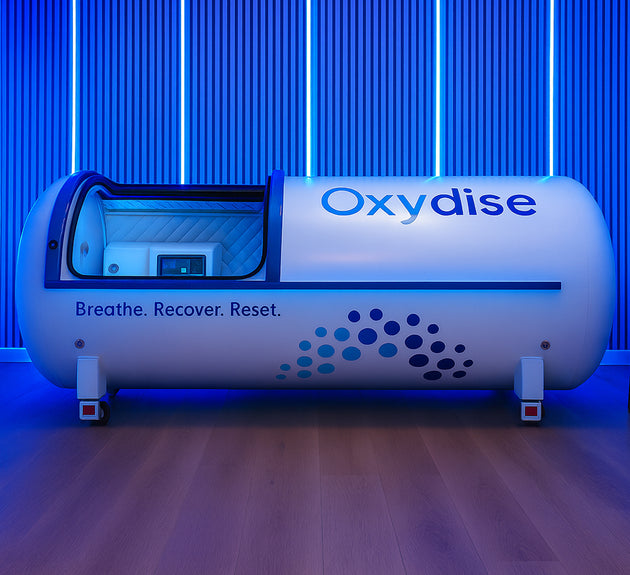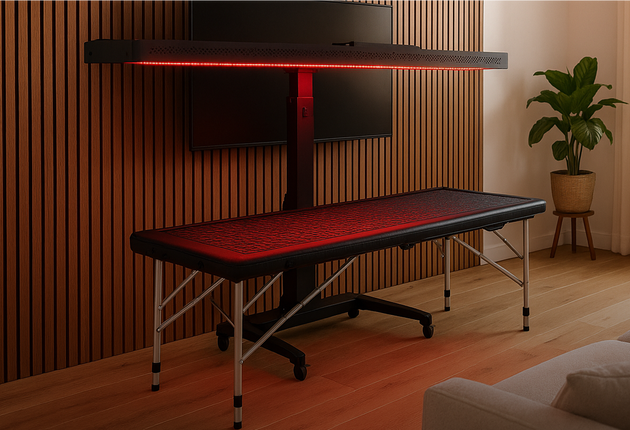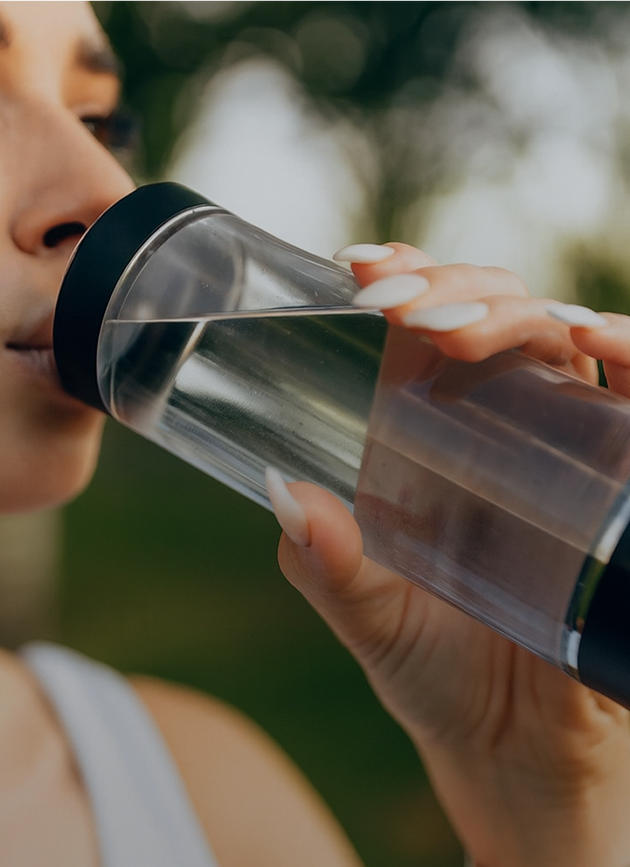The COVID-19 pandemic has brought unprecedented challenges to healthcare systems worldwide, particularly in treating patients with severe respiratory distress. These patients often face high mortality rates and the need for prolonged mechanical ventilation, which can lead to additional complications. Amid the search for effective treatments, HBOT has emerged as a potential game-changer for improving outcomes in these critically ill patients.
A clinical study conducted at NYU Winthrop Hospital between March 31 and April 28, 2020, aimed to assess the safety and effectiveness of HBOT in treating COVID-19 patients with respiratory distress. In this study, 20 COVID-19 patients were treated with HBOT. Each patient received 90 minutes of therapy daily, at a pressure of 2.0 atmospheres, for up to five sessions. The goal was to see if HBOT could reduce the need for mechanical ventilation and improve survival rates.
The study yielded promising results that suggest HBOT could offer significant benefits for COVID-19 patients experiencing severe respiratory distress:
- Reduced Need for Ventilators: One of the most critical findings was that only 10% of the patients who received HBOT needed to be intubated and placed on mechanical ventilators. In contrast, 30% of the patients in the control group required ventilation. This indicates that HBOT may help reduce the need for invasive mechanical ventilation, which is often a last resort and can lead to further complications.
- Lower Mortality Rates: The mortality rate among the HBOT-treated patients was 10%, compared to 22% in the control group. While the difference was not statistically significant, it suggests that HBOT could potentially improve survival chances in patients with severe COVID-19.
- Safety of HBOT: The study also confirmed that HBOT is a safe treatment for COVID-19 patients with respiratory distress. There were no significant adverse effects reported among those who received the therapy, and all surviving patients were eventually discharged from the hospital.
- Potential for Better Recovery: By improving oxygen delivery to the body’s tissues, HBOT helps mitigate the effects of respiratory distress, potentially leading to faster and more complete recovery for patients.
This study highlights the potential of Hyperbaric Oxygen Therapy as a valuable treatment option for COVID-19 patients experiencing severe respiratory distress. By reducing the need for mechanical ventilation and potentially lowering mortality rates, HBOT could become an essential part of the treatment protocol for these critically ill patients.
For those interested in exploring the detailed research further, you can access the study here.
















